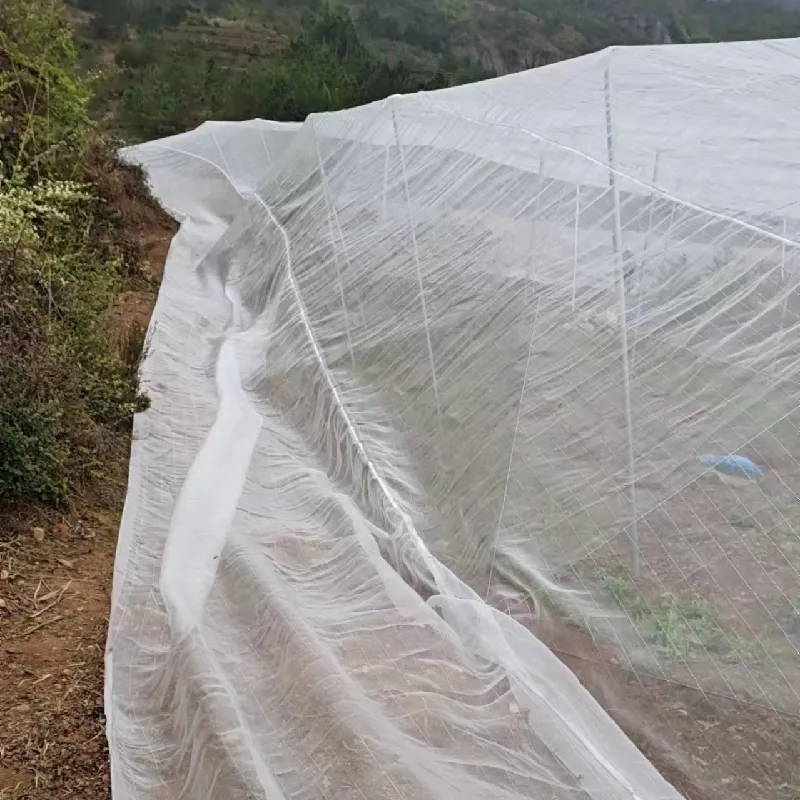-
 Afrikaans
Afrikaans -
 Albanian
Albanian -
 Amharic
Amharic -
 Arabic
Arabic -
 Armenian
Armenian -
 Azerbaijani
Azerbaijani -
 Basque
Basque -
 Belarusian
Belarusian -
 Bengali
Bengali -
 Bosnian
Bosnian -
 Bulgarian
Bulgarian -
 Catalan
Catalan -
 Cebuano
Cebuano -
 China
China -
 Corsican
Corsican -
 Croatian
Croatian -
 Czech
Czech -
 Danish
Danish -
 Dutch
Dutch -
 English
English -
 Esperanto
Esperanto -
 Estonian
Estonian -
 Finnish
Finnish -
 French
French -
 Frisian
Frisian -
 Galician
Galician -
 Georgian
Georgian -
 German
German -
 Greek
Greek -
 Gujarati
Gujarati -
 Haitian Creole
Haitian Creole -
 hausa
hausa -
 hawaiian
hawaiian -
 Hebrew
Hebrew -
 Hindi
Hindi -
 Miao
Miao -
 Hungarian
Hungarian -
 Icelandic
Icelandic -
 igbo
igbo -
 Indonesian
Indonesian -
 irish
irish -
 Italian
Italian -
 Japanese
Japanese -
 Javanese
Javanese -
 Kannada
Kannada -
 kazakh
kazakh -
 Khmer
Khmer -
 Rwandese
Rwandese -
 Korean
Korean -
 Kurdish
Kurdish -
 Kyrgyz
Kyrgyz -
 Lao
Lao -
 Latin
Latin -
 Latvian
Latvian -
 Lithuanian
Lithuanian -
 Luxembourgish
Luxembourgish -
 Macedonian
Macedonian -
 Malgashi
Malgashi -
 Malay
Malay -
 Malayalam
Malayalam -
 Maltese
Maltese -
 Maori
Maori -
 Marathi
Marathi -
 Mongolian
Mongolian -
 Myanmar
Myanmar -
 Nepali
Nepali -
 Norwegian
Norwegian -
 Norwegian
Norwegian -
 Occitan
Occitan -
 Pashto
Pashto -
 Persian
Persian -
 Polish
Polish -
 Portuguese
Portuguese -
 Punjabi
Punjabi -
 Romanian
Romanian -
 Russian
Russian -
 Samoan
Samoan -
 Scottish Gaelic
Scottish Gaelic -
 Serbian
Serbian -
 Sesotho
Sesotho -
 Shona
Shona -
 Sindhi
Sindhi -
 Sinhala
Sinhala -
 Slovak
Slovak -
 Slovenian
Slovenian -
 Somali
Somali -
 Spanish
Spanish -
 Sundanese
Sundanese -
 Swahili
Swahili -
 Swedish
Swedish -
 Tagalog
Tagalog -
 Tajik
Tajik -
 Tamil
Tamil -
 Tatar
Tatar -
 Telugu
Telugu -
 Thai
Thai -
 Turkish
Turkish -
 Turkmen
Turkmen -
 Ukrainian
Ukrainian -
 Urdu
Urdu -
 Uighur
Uighur -
 Uzbek
Uzbek -
 Vietnamese
Vietnamese -
 Welsh
Welsh -
 Bantu
Bantu -
 Yiddish
Yiddish -
 Yoruba
Yoruba -
 Zulu
Zulu
Effective Safety Measures for Railing Netting Systems in Construction Environments
Safety Netting for Railings Enhancing Workplace Safety
In construction and maintenance sectors, safety is paramount, particularly concerning working at heights. One of the critical elements in ensuring safety on construction sites is the installation of safety netting for railings. This practice not only protects workers but also reduces the potential for accidents associated with falling debris. Understanding the importance and application of safety netting can significantly improve workplace safety standards and compliance.
Safety netting for railings serves as a supplementary protective measure designed to catch falling tools, materials, or even personnel. Its primary function is to act as a barrier that prevents accidents and injuries from falls. In recent years, regulations have become increasingly stringent, emphasizing the use of such safety equipment in various construction and maintenance projects. Compliance with these regulations is essential not only for worker safety but also for avoiding potential legal ramifications for employers.
The installation of safety netting around railings usually involves high-strength synthetic materials such as polyethylene or polypropylene. These materials are chosen for their durability and ability to withstand harsh weather conditions, ensuring that they remain effective over the long term. The netting is typically installed in conjunction with standard railings, enhancing the overall safety profile of a worksite.
safety netting for railings

There are several advantages to using safety netting for railings. Firstly, it provides an additional layer of security, reducing the risk of falls significantly. Workers can perform their tasks with greater confidence, knowing that the netting will help protect them from accidents. Secondly, safety netting can contribute to efficiency in work processes. With the added security, workers may feel more inclined to focus on their tasks instead of worrying about potential falls or injuries, leading to enhanced productivity.
Furthermore, safety netting can also serve as a protective barrier for passersby in areas where the worksite is close to public access points. This not only safeguards workers but also protects the public from injury due to falling objects or debris. This dual functionality underscores the importance of incorporating safety netting in construction and maintenance projects, not just for compliance purposes but also as a holistic approach to safety.
Employers are encouraged to conduct regular inspections of safety netting and railings to ensure their integrity and effectiveness. Regular maintenance can help identify potential weaknesses or damage that could compromise the safety of the netting. In addition, training workers on the importance of safety measures, including the proper use of safety netting, is essential. Workers should understand that while the netting provides an additional line of defense, it should not replace other safety measures such as harnesses and personal protective equipment.
In conclusion, safety netting for railings is a vital component in promoting workplace safety, particularly in construction and maintenance environments. By reducing the risk of falls and protecting both workers and the public, safety netting becomes a necessary investment in the overall safety culture of an organization. As companies strive for higher safety standards, the importance of implementing effective safety netting solutions will only continue to grow, ensuring that every worksite remains as safe as possible.
-
The Sunshade Net Can Block Ultraviolet RaysNewsAug.11,2025
-
Main Application and Technology of Nylon ScreenNewsAug.11,2025
-
Green Anti UV Sunshade Net: The Perfect Combination of Ecological Friendliness and Practical PerformanceNewsAug.11,2025
-
Explore the Sunshade NetNewsAug.11,2025
-
Application and Development of Nylon Screen in Fuel Processing and TreatmentNewsAug.11,2025
-
Application and Advantages of Nylon Screen for AquacultureNewsAug.11,2025











